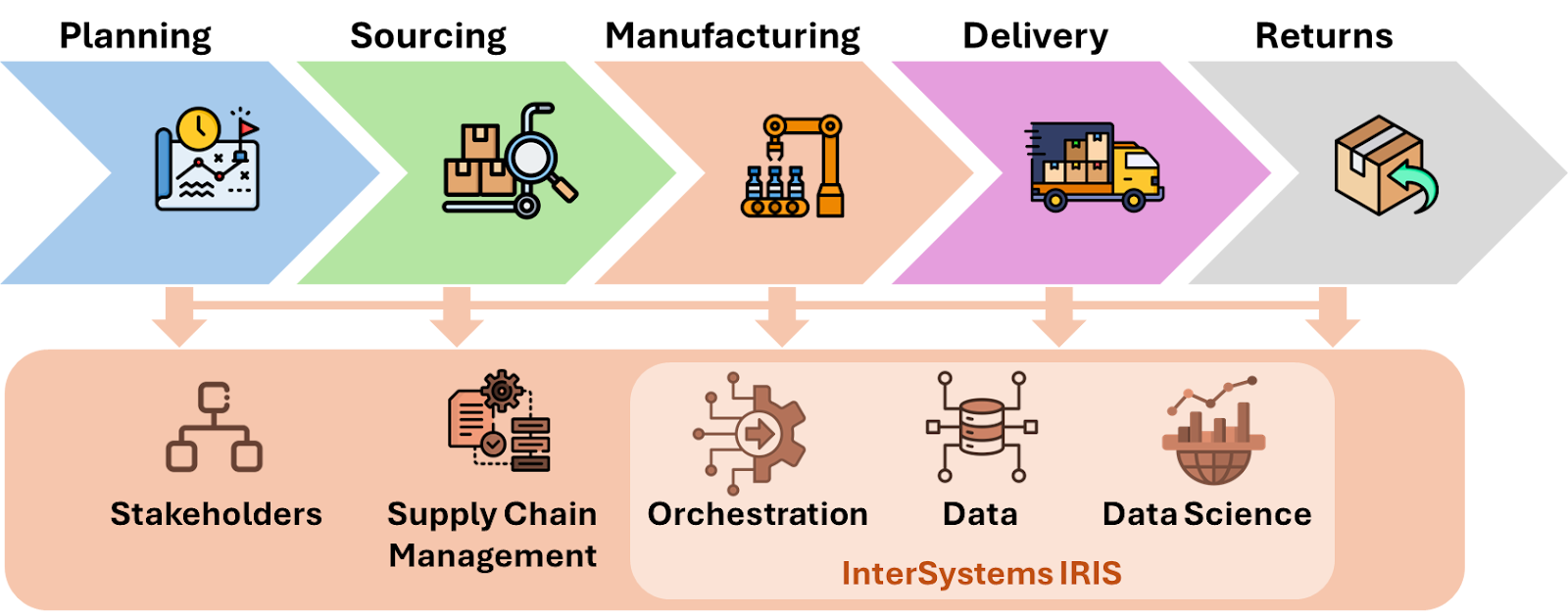.png)
Vibe the Module, Not the Data
While working with the FHIR to OMOP Service, I've seen good FHIR synthetic data being created using commercial LLM's etc, custom tailored for ConditionOnset with the typical amazement on return, but witnessed some questionable trust first hand on a call. This approach also falls short generating gigantic payloads so I can go back to my interests on the backend and ensure smooth data transition.


.png)
.png)
.png)

.png)